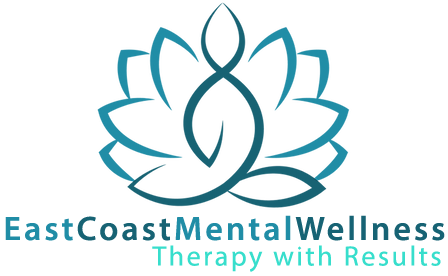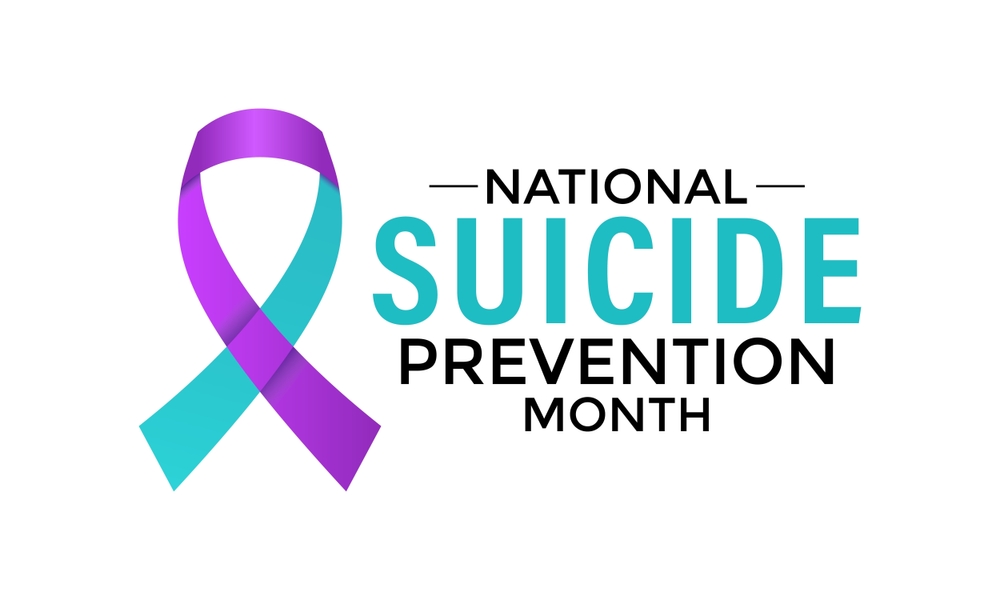September marks Suicide Prevention Awareness Month, a time dedicated to raising awareness, reducing stigma, and supporting those whose lives have been touched by suicide. For many, this month is deeply personal. Whether you’ve lost someone you love, struggled with your own mental health, or walked alongside a friend in pain, the impact of suicide can feel overwhelming, confusing, and difficult to talk about.
One of the most difficult aspects of suicide is the stigma that often surrounds it. For people who have lost someone they care about due to suicide, it can feel incredibly lonely because others may feel uncertain about what to say or afraid of saying the wrong thing. The feelings of loneliness can make healing even more difficult. It can be a confusing time for people who have lost someone to suicide because of unanswered questions or feelings of guilt.
The stigma doesn’t only affect those left behind—it also impacts people who are currently struggling with suicidal thoughts. According to the CDC, about 12.8 U.S. adults seriously thought about suicide in the past year. These numbers show that having these thoughts is not uncommon, but many feel ashamed, isolated, or afraid to speak up for fear of being judged or misunderstood.
It’s important to know that talking about suicidal feelings does not automatically mean hospitalization. Opening up can be an important first step toward finding support, connection, and relief. Suicide loss and suicidal struggles are not things to be hidden away—they deserve compassion, acknowledgment, and open conversation.
The Reality of Suicide
- In the United States, suicide is the 11th leading cause of death overall and the second leading cause of death for people ages 10–34 (CDC, 2023).
- Each year, more than 48,000 lives are lost to suicide, and millions more think about or attempt suicide.
- For every one death by suicide, there are an estimated 135 people who are directly impacted, including family, friends, colleagues, and communities.
These numbers remind us that suicide is not rare, and that prevention truly matters.
Warning Signs to Look Out For
Not everyone who is struggling will show obvious signs, but some red flags to be aware of include:
- Talking about feeling hopeless, trapped, or being a burden.
- Withdrawing from friends, family, or usual activities.
- Extreme mood swings, irritability, or noticeable changes in behavior.
- Increased use of alcohol or drugs.
- Giving away possessions or saying goodbye in unexpected ways.
Trust your instincts—if something feels off, it’s worth paying attention to.
Some Ways How You Can Help Someone in Need
- Start the conversation. It’s okay to ask, “Are you thinking about taking your life?” Asking directly does not put the idea in someone’s head; it can open the door to honesty.
- Listen without judgment. Sometimes, being heard is the most powerful support you can offer.
- Encourage professional help. Offer to help connect them with a therapist, doctor, or support line.
- Make a plan for Safety. Create a list of coping strategies, and supportive people and communities they can reach out to, including hotlines.
- Stay connected. Checking in regularly shows that you care and that they are not alone.
Whether you have lost someone by suicide or struggle with thoughts yourself, please know you are not alone, and help is available. For immediate assistance, please contact one of the resources below. If you are not in immediate danger and are looking for someone to help you through this difficult time, please reach out for a free consultation at East Coast Mental Wellness.
Resources
- 988 Suicide & Crisis Lifeline: Dial 988 if you or someone you know is in crisis. Available 24/7.
- Crisis Text Line: Text HOME to 741741 for immediate support.
- The Trevor Project (LGBTQ+ Youth): Call 1-866-488-7386 or text START to 678-678.


Recent Comments